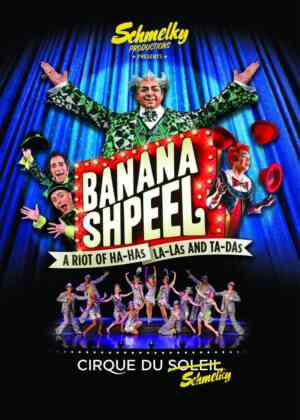Directions & Box Office
- Directions: By Subway: Take the B ,C,1, 2, or 3 trains to 72nd Street and walk towards 74th street.
- Entrance: Broadway, between W 74th and W 75th St The Beacon Theatre is located on Broadway between 74th and 75th street on the Upper West Side
- Box Office Hours:
- Monday - Saturday:
- 11am - 7pm
- Sunday:
- Closed
Best Seats In The House
- Seats: 2894
The best seats in the house are at the center orchestra level and the balcony level towards the front.
Parking for Beacon Theatre
The closest parking garages for Beacon Theatre are located at:
- Champion Parking 74
- 2109 Broadway,
New York, NY 10023 - (212) 874-9315
- Carousel Parking
- 201 W 75th St,
New York, NY 10023 - (212) 874-0581
The closest parking is not always the best as it often takes longer to park and retrieve your vehicle as fellow theatre goers have the same idea. A better choice of parking may be the second choice or further away by a couple of Avenues.
Additional Notes
Landlord: Madison Square Garden Company
Notes:
There are no elevators at the Beacon TheatreElevator: No
Escalator: No
Disabled Access Notes:
While there is no public elevator access to the upper floors, there are no stairs on the way to the Orchestra section, making it accessible to those with mobility impairments.
No show scheduled to open at this theatre.
Previous Shows
Banana Shpeel: Cirque du Soleil
- Opened: May 6, 2010
- Show Closed: June 27, 2010
Beacon Theatre History
The Beacon Theatre first opened in 1929 as a movie palace for vaudeville and motion pictures on Broadway and West 74th Street in the Upper West Side of Manhattan. It was conceived as part of a grand vision by film producer Herbert Lubin, who planned to build a series of deluxe movie theatres, with the larger Roxy Theater in Times Square serving as the chain’s flagship venue. However, the collapse of Lubin’s fortunes caused the almost completed theatre to sit vacant for several years, until Warner Theatres acquired it in 1929 as a first-run venue for Warner Bros. films. While the venue was originally conceived as a silent movie venue, by 1929 silent films had become obsolete. The inaugural film played in the Beacon was therefore a talking picture, Tiger Rose starring Lupe Vélez. The house was eventually taken over by Brandt Theatres, who operated it primarily as a first-run movie theatre until the early 1970s. In 1974, the theatre was purchased by Steven Singer, who repurposed it as a pop concert venue. In 1976, the presenters Marvin Getlan and Allen Rosoff bought the theatre and utilized it as a major venue for live concerts, including a famous series of shows by the Grateful Dead. In 1982, the Beacon was added to the National Register of Historic Places, which led to the blocking of a 1987 effort to turn it into a nightclub. In 2006, the Madison Square Garden Company took over operations, and Cablevision, which also leases Radio City Music Hall and own Madison Square Garden, took on a 20-year lease. Today, the Beacon serves as one of the city’s leading live music venues, and it was also home to the Tony Awards in 2011, 2012, and 2016.
Beacon Theatre Design
The 2,894-seat Beacon Theatre was designed by the Chicago-based architect Walter W. Ahlschlager, who also designed the 6,000-seat Roxy Theatre in Times Square. The ornate neo-Grecian interior comprises 30 foot-tall sculptures of Greek goddess flanking the proscenium stage, which can accommodate a full scale orchestra underneath. The exterior lobby features tiled flooring that extends onto the sidewalk, and a bronze-doored vestibule leads into the opulent two-story circular interior lobby. The exquisite detailing includes polished hardwood floors, elaborate gilded moldings, brass staircase railings, and murals depicting Eastern scenes of trading caravans complete with elephants and camels.
